manual clutch for predator 212
A manual clutch for the Predator 212 engine enhances go-kart performance by offering precise control and improved acceleration. Designed for engines with a 3/4″ output shaft, it replaces centrifugal clutches, providing better modulation and faster speed;

1.1 Overview of Predator 212 Engines
The Predator 212 engine is a 212cc, 4-stroke power unit delivering up to 15 horsepower. Widely used in go-karts and mini bikes, it’s favored for reliability and cost-effectiveness. Its compact design and decent power output make it a popular choice for recreational and racing applications. Enthusiasts often modify these engines to enhance performance, showcasing their versatility and durability.
1.2 Importance of Manual Clutches in Go-Karts
Manual clutches in go-karts provide precise control over acceleration and gear shifting, enhancing overall performance and driving experience. They allow drivers to optimize engine torque delivery, improving speed and responsiveness. Unlike centrifugal clutches, manual systems enable better modulation, especially during starts and turns, giving racers a competitive edge. This control is crucial for competitive racing and customized driving preferences, making manual clutches a preferred upgrade for enthusiasts seeking improved handling and power utilization in their go-karts.
Benefits of Upgrading to a Manual Clutch
Upgrading to a manual clutch enhances acceleration, control, and speed. It provides better torque management, improves responsiveness, and offers a more engaging driving experience.
2.1 Improved Performance and Acceleration
Upgrading to a manual clutch significantly boosts the Predator 212 engine’s performance and acceleration. By enabling direct control over power delivery, drivers can achieve faster starts and smoother shifts. The manual clutch allows for optimal torque management, reducing wheelspin and maximizing traction. This results in improved responsiveness and faster acceleration compared to automatic clutches. Additionally, the ability to disengage the engine from the transmission during shifting ensures seamless power delivery, making it ideal for high-performance go-kart applications. This upgrade is particularly beneficial for drivers seeking enhanced control and speed in competitive racing scenarios.
2.2 Better Control Over the Engine
A manual clutch provides drivers with precise control over the Predator 212 engine, allowing for better modulation of power delivery. This reduces unnecessary wheelspin and enhances traction, especially during sharp turns or uneven terrain. The ability to manually engage and disengage the engine from the transmission offers a direct connection to the power output, enabling drivers to finesse the throttle and clutch for optimal performance. This level of control is particularly advantageous in competitive racing, where precise engine management can significantly impact outcomes. The manual clutch system empowers drivers to optimize acceleration and gearing, ensuring a more responsive and efficient driving experience.
2.3 Increased Speed and Torque
Upgrading to a manual clutch on the Predator 212 engine unlocks higher speeds and torque, enhancing overall performance. The manual system allows drivers to fully utilize the engine’s powerband, delivering quicker acceleration and maintaining torque output during shifts. This results in faster lap times and improved responsiveness. Heavy-duty springs in manual clutches ensure consistent engagement, enabling the engine to reach its max torque potential. The combination of precise control and optimized power delivery makes manual clutches a preferred choice for drivers seeking maximum speed and torque from their Predator 212 engines in go-kart racing.
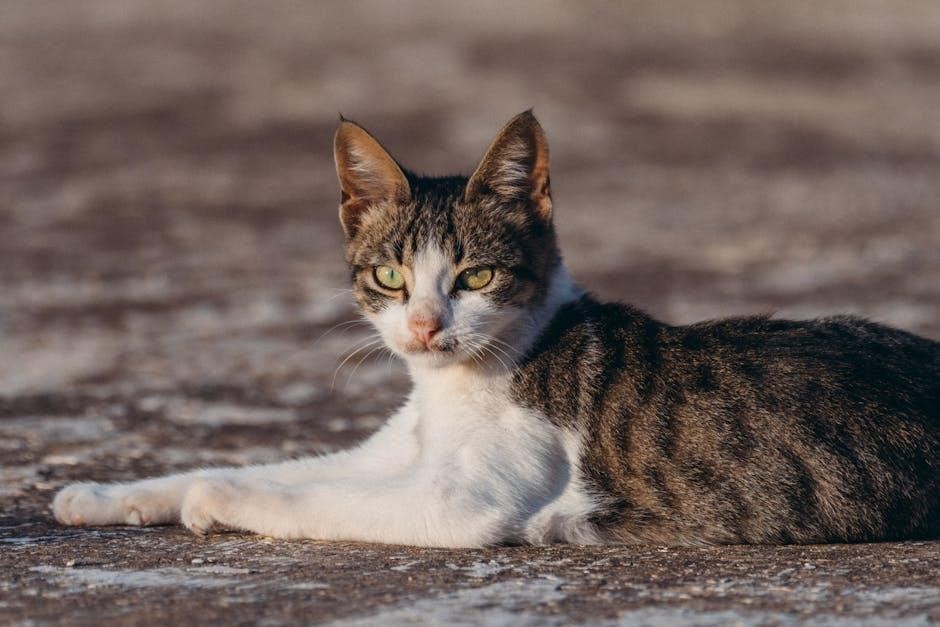
Installation Process of a Manual Clutch
Installing a manual clutch on a Predator 212 engine involves removing the outer drive cover and loosening engine mounting nuts. This allows easy access to replace the centrifugal clutch with the manual system, ensuring proper alignment and secure fastening for optimal performance and control.
3.1 Tools and Materials Required
To install a manual clutch on a Predator 212 engine, you’ll need a socket set, wrenches, screwdrivers, pliers, and a torque wrench. Materials include the new manual clutch, mounting bolts, and potentially a torque limiter for compatibility. Ensure the clutch fits the 3/4″ output shaft. Heavy-duty springs may require additional tools for adjustment. Refer to the assembly instructions for specific torque specifications. Basic mechanical tools are sufficient, but proper alignment and secure fastening are crucial for optimal performance and durability.
3.2 Step-by-Step Installation Guide
Begin by disconnecting the Predator 212 engine from the go-kart and draining any excess fuel. Remove the original clutch by taking out the retaining bolts. Align the new manual clutch with the engine’s output shaft, ensuring proper fitment. Secure it with the provided mounting hardware, tightening bolts evenly. Adjust the clutch springs to the recommended tension using the supplied tool. Reconnect the throttle and test the clutch engagement by slowly releasing the pedal. Ensure smooth operation before reconnecting to the go-kart and testing at low speed.
Performance Enhancements with a Manual Clutch
A manual clutch enhances the Predator 212 engine’s performance by optimizing power delivery and torque management, resulting in smoother acceleration and improved overall engine efficiency.
4.1 Max Torque and Power Output
A manual clutch for the Predator 212 engine significantly boosts max torque and power output by enabling precise control over gear shifts. This precise engagement allows the engine to stay within its optimal power band, maximizing efficiency. The direct connection between the engine and the drivetrain reduces slippage, ensuring more power is transferred to the wheels. As a result, acceleration and overall performance are enhanced, making the Predator 212 more responsive and capable for both racing and recreational use. This improvement is especially noticeable in high-torque scenarios, where maintaining peak power output is critical for performance.
4.2 High-Speed Performance and Gear Ratios
Upgrading to a manual clutch significantly enhances high-speed performance by allowing better control over gear ratios; The Predator 212 engine’s torque output is optimized when paired with a clutch that enables smooth, precise shifting. This results in faster acceleration and higher top speeds, especially during racing or aggressive driving. The ability to manually adjust gear ratios ensures the engine operates within its peak power range, delivering superior performance at high velocities. This feature makes the Predator 212 more versatile for both recreational and competitive go-kart enthusiasts seeking enhanced speed and responsiveness.
Compatibility and Fitment
The manual clutch is designed to fit seamlessly with the Predator 212 engine, ensuring optimal performance. Compatibility is guaranteed with the engine’s specifications and 3/4″ output shaft, making installation straightforward and efficient.
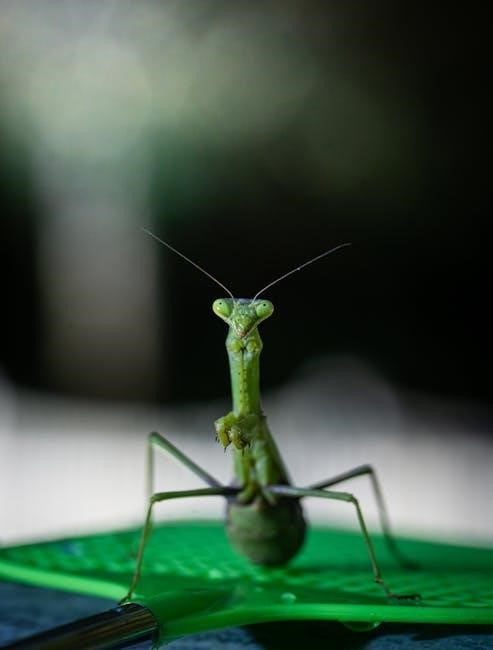
5.1 Predator 212 Engine Specifications

The Predator 212 engine is a 212cc, single-cylinder, four-stroke engine designed for high performance in go-karts and small vehicles. It features a horizontal crankshaft, producing up to 6.5 horsepower and 7.0 Nm of torque at 3,000 RPM. The engine’s compact design and durable construction make it ideal for manual clutch upgrades. Its 3/4″ output shaft ensures compatibility with most manual clutches, while its lightweight and efficient power delivery enhance overall vehicle responsiveness and control, making it a popular choice for recreational and racing applications.
5.2 Clutch Compatibility with 3/4 Output Shaft
The Predator 212 engine’s 3/4″ output shaft is a critical factor in clutch compatibility. Most manual clutches designed for this engine are engineered to fit seamlessly with the 3/4″ shaft, ensuring proper alignment and smooth operation. The clutch’s splined hub or friction surface must match the shaft’s dimensions to prevent vibration or wear. Proper fitment is essential to avoid operational issues and ensure optimal performance. Always verify compatibility with the manufacturer’s specifications before installation.

Types of Manual Clutches for Predator 212
Manual clutches for the Predator 212 engine primarily come in two types: centrifugal and manual engagement systems. Each offers unique benefits for different driving preferences and needs.
6.1 Centrifugal vs. Manual Clutch Systems
The Predator 212 engine supports two primary clutch types: centrifugal and manual. Centrifugal clutches engage automatically based on RPM, offering smooth, hands-free operation. They are ideal for casual riders or those seeking ease of use. Manual clutches require driver input, providing precise control over acceleration and deceleration. This makes them popular among experienced riders who demand quick throttle response; Both systems cater to different driving styles, with centrifugal clutches emphasizing convenience and manual systems prioritizing performance and control.
6.2 Heavy-Duty Springs for Enhanced Performance
Heavy-duty springs in manual clutches for the Predator 212 engine are designed to enhance performance by increasing tension, which improves clutch engagement and disengagement. These springs are stiffer than standard ones, offering better resistance to wear and tear. They provide a more responsive and precise feel, especially during high-torque scenarios. While they require slightly more effort to operate, heavy-duty springs deliver superior durability and consistency, making them ideal for racing or demanding off-road conditions. This upgrade ensures reliable power delivery and minimizes clutch slippage.

Popular Brands and Models
Predator 212 manual clutches are offered by reputable brands like 3D Motorsport and Noram Cheetah Racing, known for their durability and performance-enhancing designs.
7.1 3D Motorsport Manual Clutch
The 3D Motorsport Manual Clutch is a top choice for Predator 212 engines, offering exceptional performance and durability. Designed with high-quality materials, it ensures smooth engagement and disengagement, reducing wear on engine components. Its lightweight construction enhances acceleration and responsiveness, making it ideal for racing and high-performance applications. With adjustable springs and a user-friendly design, this clutch provides precise control and consistent power delivery, catering to both novice and experienced drivers seeking optimal performance.
- Lightweight design for improved acceleration.
- Adjustable springs for customizable performance.
- Durable materials for long-lasting reliability.
7.2 Noram Cheetah Racing Clutch
The Noram Cheetah Racing Clutch is a high-performance manual clutch designed for the Predator 212 engine, offering exceptional durability and smooth engagement. Its heat-resistant friction material ensures consistent performance even under intense racing conditions. The clutch features an adjustable spring system, allowing drivers to customize the engagement point for their driving style. Built with a lightweight aluminum hub, it reduces rotational mass, enhancing acceleration and responsiveness. This clutch is a popular choice among racers seeking reliable and precise control.
- Heat-resistant friction material for durability.
- Adjustable spring system for customizable engagement.
- Lightweight aluminum hub for improved acceleration.
Troubleshooting Common Issues
Troubleshooting common issues with the manual clutch involves identifying problems like inconsistent engagement or slipping, often caused by misaligned cables or worn springs. Adjusting or replacing these parts usually resolves the issues easily.
8.1 Problems with Clutch Engagement
Common issues with manual clutch engagement on Predator 212 engines include inconsistent or partial engagement, slipping, or failure to disengage. These problems often stem from improper cable alignment, worn clutch springs, or misadjusted levers. Inspecting and lubricating components like the clutch cable, pivot pin, and engagement bearing can resolve many issues. Ensuring proper cable tension and replacing worn-out parts, such as friction plates or springs, typically restores smooth operation. Regular maintenance and adjustments are crucial to prevent these problems from arising.
8.2 Adjustments and Maintenance Tips
Regular adjustments and maintenance are essential for optimal manual clutch performance. Ensure the clutch cable is properly aligned and lubricated at pivot points. Check the engagement bearing for wear and replace if necessary. Adjust the clutch lever play to the manufacturer’s specifications. Inspect and clean the friction plate and springs periodically. Lubricate moving parts every 10-15 hours of use to prevent friction buildup. Proper tension on the clutch cable and regular inspection of wear components will ensure smooth, consistent engagement and disengagement of the clutch.

Advanced Modifications for Maximum Performance
Advanced modifications like engine porting, lightweight components, and custom gear ratios can significantly enhance performance. These tweaks optimize power delivery and maximize speed potential for racing applications.
9.1 Upgrading to a CVT System
Upgrading to a CVT (Continuously Variable Transmission) system enhances performance by maintaining optimal engine RPMs. It offers smoother acceleration and better speed control, ideal for go-karts. The CVT uses a belt and variable pulleys to adjust gear ratios seamlessly. Compatibility with the Predator 212’s 3/4″ output shaft is crucial, and some kits are specifically designed for this engine. Installation requires careful planning and tools like a new clutch bellhousing. The CVT system can improve power delivery and handling, making it easier for drivers. However, it may add weight and requires proper maintenance, such as belt tension checks. Overall, it’s a beneficial upgrade for those seeking enhanced performance and control.
9.2 Custom Gear Ratios for Optimal Speed
Customizing gear ratios allows drivers to optimize speed and performance for specific conditions. By tailoring the gear setup to the engine’s power band, acceleration and top speed can be significantly improved. For Predator 212 engines, adjusting the primary and secondary gear ratios ensures better power delivery. Factors like driving style, terrain, and desired RPM range must be considered. While stock ratios are standard, custom ratios enable fine-tuned performance, making the go-kart more responsive and efficient. Professional assistance is often recommended for precise ratio adjustments to avoid compromising engine reliability. This modification is ideal for racers seeking a competitive edge.
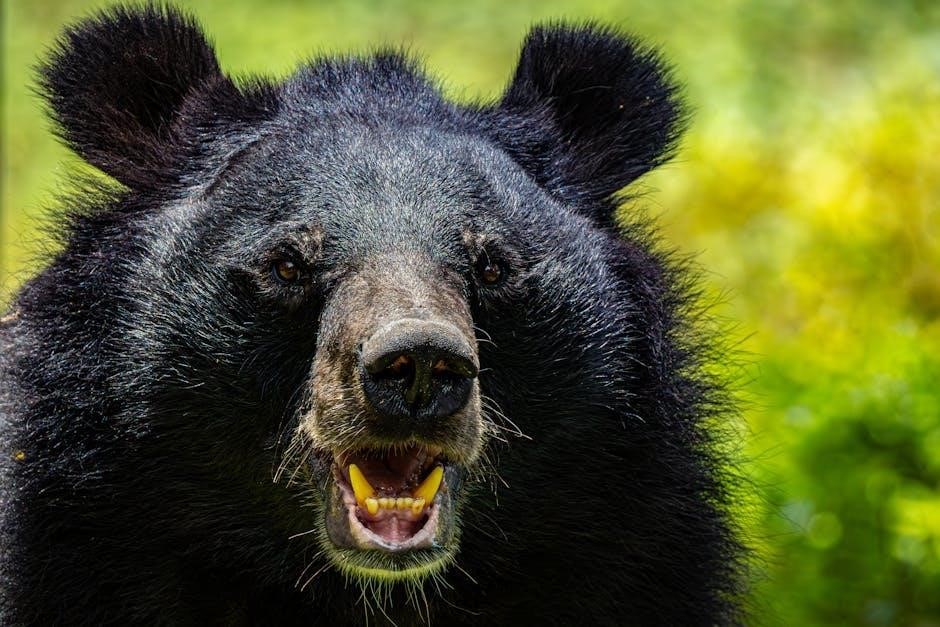
Upgrading to a manual clutch for Predator 212 engines enhances performance, control, and speed. With proper installation and maintenance, it offers a superior go-kart driving experience.
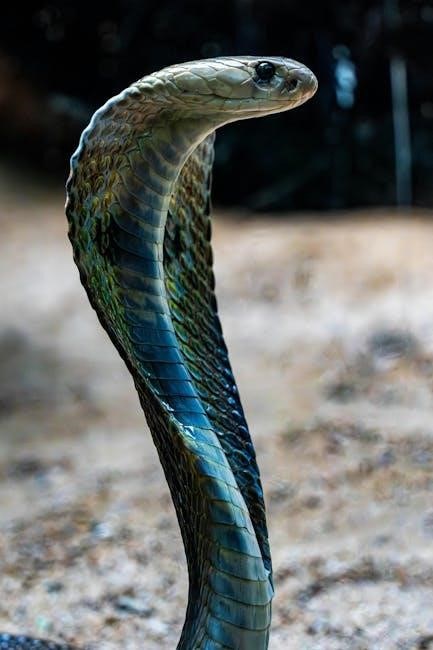
10.1 Final Thoughts on Manual Clutches
A manual clutch for the Predator 212 engine is a game-changer, offering precise control and improved performance. It allows drivers to maximize torque and speed, making it ideal for racing and high-performance applications. Proper installation and regular maintenance are key to ensuring optimal functionality. For enthusiasts seeking enhanced driving experiences, a manual clutch upgrade is highly recommended. It not only elevates performance but also provides a more engaging and responsive ride, making it a worthwhile investment for go-kart enthusiasts.
10.2 Future Trends in Clutch Technology
Future trends in clutch technology for the Predator 212 engine may include advancements like automatic clutch systems and intelligent torque management. These innovations could simplify operation while maintaining high performance. Lightweight materials and improved heat resistance are expected to enhance durability and efficiency. Additionally, integration with CVT systems and customizable clutch engagement points may become more prevalent, offering drivers greater control and adaptability. As technology evolves, clutches will likely become more refined, providing smoother engagement and better power delivery for go-kart enthusiasts.






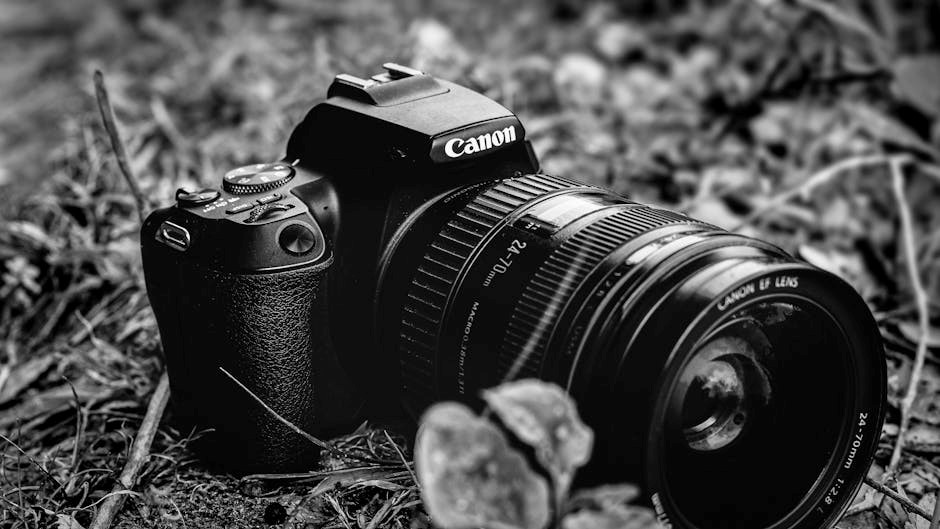





Leave a Comment